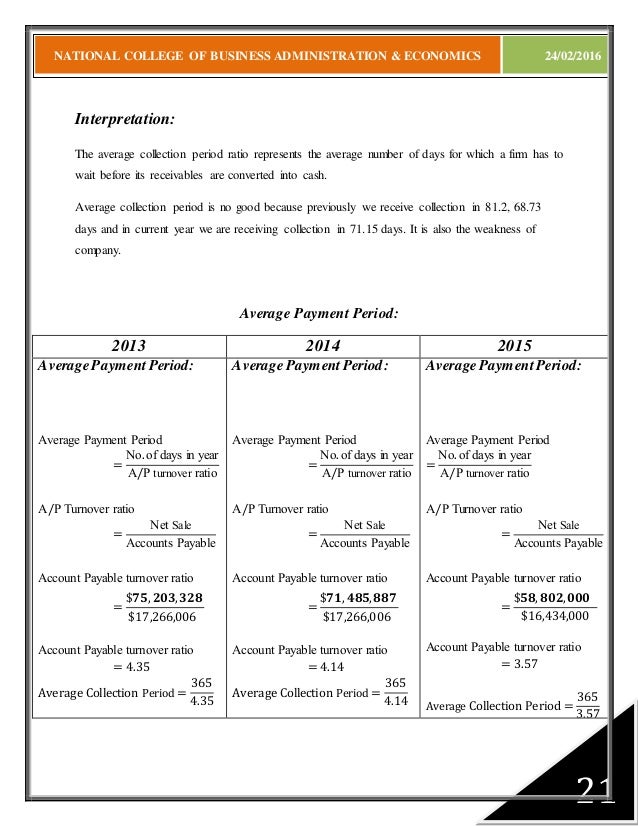Net Collection Ratio
Are You Using Your Monthly Billing And Collection Reports Effectively? Borderlands 2 Profile Editor Ps3 Download. Net Collection Ratio. Testi B Autoshkolla Download Google more. Then the Bad Debt Percentage and Net Collection Percentage. One Dozen Essential Medical Practice Financial Management Ratios. But compare it with the net collection ratio. One Dozen Essential Medical Practice Financial.

By: Codapedia Editor (Oct/15/2014) The net collection ratio is calculated this way: Cash collections divided by net charges. Net charges are the difference between gross charges and required government and third party adjustments. Use gross charges, insurance adjustments and cash collections for the same time period.

Example: Gross charges = $3,740,318; Cash collections = $2,070,275; Insurance Adjustments = 1,588,554 Net Collections = Gross charges-Adjustments 3,740,318-1,588,544=2,151,764. Net Collections is what you could have collected after insurance adjustments.
Adjusted Collection Ratio: 2,070,275/2,151,764=.96 This practice collected 96 cents of every dollar that they could have collected after insurance write offs. From gross charges, subtract only your mandated third party adjustments.
Include in these adjustments only those write-offs that you had to take because of your contracts with either the government or other third parties. This would include Medicare and Medicaid write-offs and commercial write-offs, which you were required to take because you accepted the plans’ fee schedule or rules. It would not include write-offs for bad debt, charity care, eligibility or registration errors, coding errors, or late filing. It is important that only these mandated adjustments are included in the calculation. Subtract the mandated adjustments from gross charges and that equals net collections. The net collection ratio equals cash divided by net collection. A high percentage such as 95% or 98% means that the practices is collecting 95% of all the charges which were allowable to them to collect after the adjustments that they were mandated to take by their third party contract.
The net collection ratio varies by specialty. Practices that have a high net collections tend to be stable practices with a low percentage of new patients and tend to be the medical specialties where patients assume they will come back to see the physician year after year. Practices with a lower net collections ratio might include practices with a high transient population, some surgical specialties where the patient feels they will never have to see that surgeon again, and practices with a high percentage of new patient visits. It is critical for the practice to monitor this ratio monthly and track it over time. Both the Medical Group Management Association (MGMA) and Practice Support Resources have normative data by specialty.
References: • ###. Article Tags: (Click on a tag to see related articles.) Topic: Collections Publish this Article on your Website, Blog or Newsletter This article is available for publishing on websites, blogs, and newsletters. The article must be published in its entirety - all links must be active. If you would like to publish this article, please contact us and let us know where you will be publishing it. The easiest way to get the text of the article is to highlight and copy.
Or use your browser's 'View Source' option to capture the HTML formatted code. If you would like a specific article written on a medical coding and billing topic, please.
Our contact information: Find A Code, LLC 62 East 300 North Spanish Fork, UT 84660 Phone: 801-770-4203 (9-5 Mountain) Fax: 801-770-4428 Email.
Accounts receivable turnover is an or activity ratio that measures how many times a business can turn its accounts receivable into cash during a period. In other words, the accounts receivable turnover ratio measures how many times a business can collect its average accounts receivable during the year. A turn refers to each time a company collects its average receivables. If a company had $20,000 of average receivables during the year and collected $40,000 of receivables during the year, the company would have turned its accounts receivable twice because it collected twice the amount of average receivables.